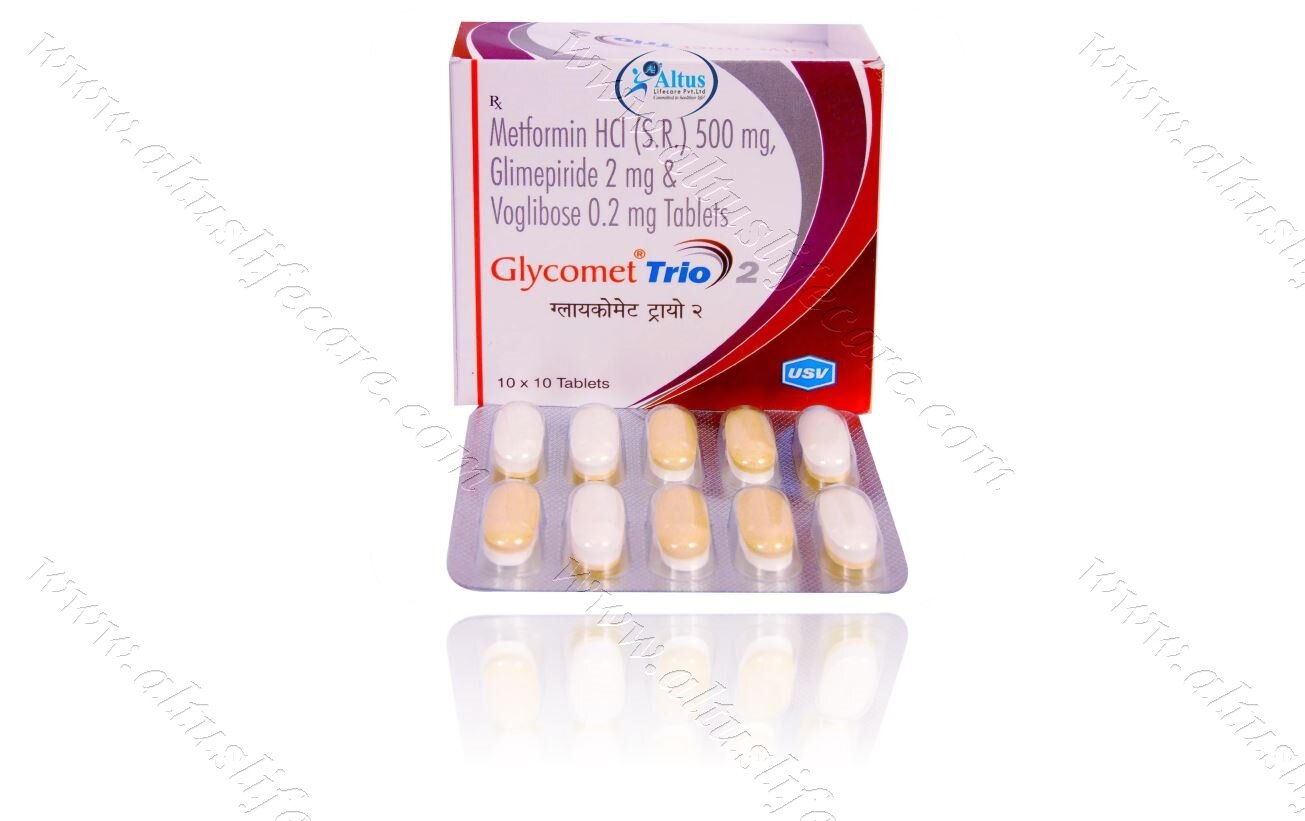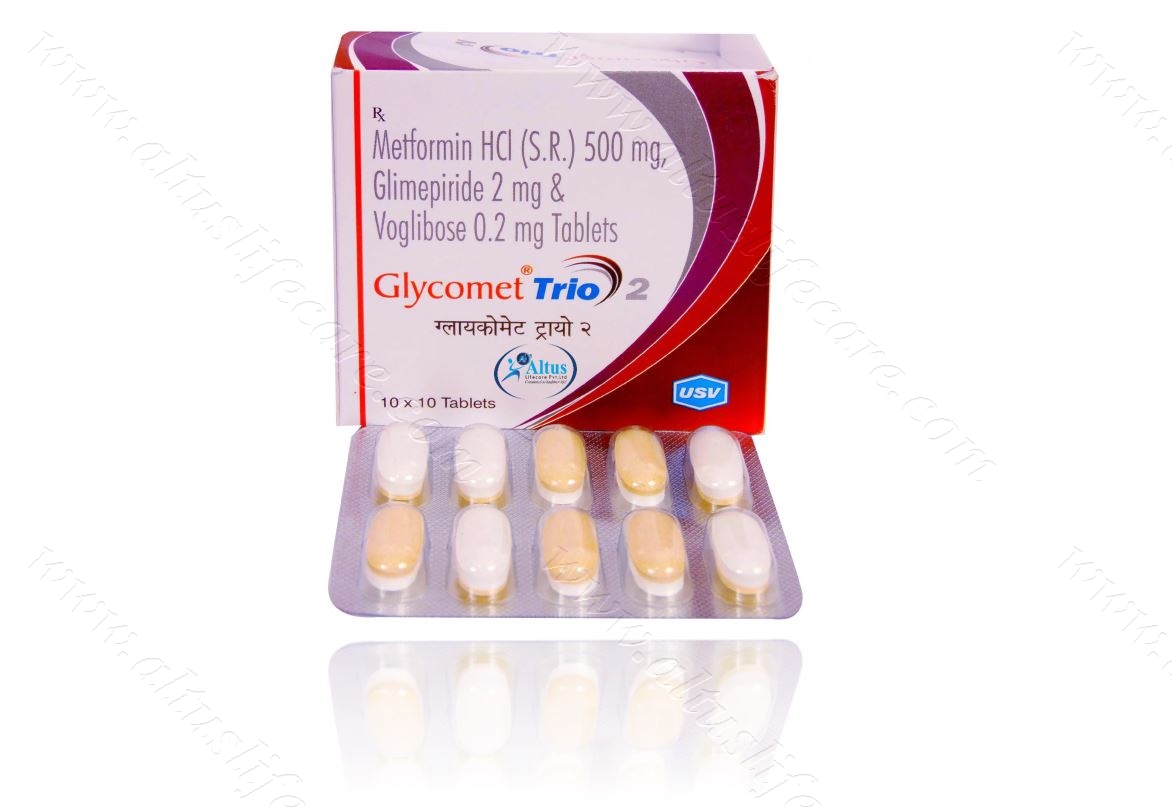No products in the cart.
Return To Shop
Menu
Categories
- Neuropathic Pain
- Mens Health
- Hair Loss
- Pain Relief
- HCG Injections
- Quit Smoking
- Pharmaceutical Vaccine
- Best Selling Products
- Anti Viral
- Bimatoprost
- Antibiotics
- Women's Health
- Cetaphil
- Botulinum
- Diabetes
- Human Albumin
- Anti Malarial
- Dermal fillers
- Chemical Peels
- Nephrology Segment
- Kidney / Liver Care
- Anti Cancer
- Altus Product's
- Pharmaceutical Products
- Anti Fungal
- Hepatitis
- Beauty & Skin Care
- Asthma
- Modafinil
- Urology Segment
- Thyroid Care
- Armodafinil
- HIV Medicines
- Weight Loss
- Naltrexone
- Anti Emetic
Wishlist
0
Sign in
Login
Register
- Anti-Cancer
- Armodafinil
- Bimatoprost
- Botulinum
- Dermal Fillers
- Hepatitis
- Mens-health
- Modafinil
- Naltrexone
- ANTI EMETIC
- Altus Product’s
- Anti Fungal
- Anti Malarial
- Anti Viral
- Antibiotics
- Asthma
- Beauty & Skin Care
- Cetaphil
- Chemical Peels
- Diabetes
- Hair Loss
- HCG Injections
- HIV Medicines
- Human Albumin
- Kidney / Liver Care
- Neuropathic Pain
- Pain Relief
- Pharmaceutical Products
- Pharmaceutical Vaccine
- Quit Smoking
- Thyroid Care
- Weight Loss
- Women’s Health
Shop and get discounts
Worldwide Shipping
Menu
Categories
- Neuropathic Pain
- Mens Health
- Hair Loss
- Pain Relief
- HCG Injections
- Quit Smoking
- Pharmaceutical Vaccine
- Best Selling Products
- Anti Viral
- Bimatoprost
- Antibiotics
- Women's Health
- Cetaphil
- Botulinum
- Diabetes
- Human Albumin
- Anti Malarial
- Dermal fillers
- Chemical Peels
- Nephrology Segment
- Kidney / Liver Care
- Anti Cancer
- Altus Product's
- Pharmaceutical Products
- Anti Fungal
- Hepatitis
- Beauty & Skin Care
- Asthma
- Modafinil
- Urology Segment
- Thyroid Care
- Armodafinil
- HIV Medicines
- Weight Loss
- Naltrexone
- Anti Emetic
Wishlist
0
0
Cart
$0.00
0
No products in the cart.
Return To Shop Shopping cart (0)
Subtotal: $0.00
Worldwide Shipping
Rated 4.33 out of 5 based on 3 customer ratings
(3 customer reviews)
Compare
Please, enable Compare.
SKU: N/A
Category: Diabetes
$53.85 – $151.28Price range: $53.85 through $151.28
Glycomet Trio 2/0.2 Tablet (Glimepiride 1mg / Metformin 500mg / Voglibose 0.3mg)
Glycomet Trio 2 Tablet SR belongs to a category of medicines known as anti-diabetic drugs. It is a combination of medicines used to treat type 2 diabetes mellitus in adults. It helps control blood sugar levels in people with diabetes.
Have questions?
Our experts are ready to help.
Call : +91 9002 1002 33
Glycomet Trio 2/0.2 Tablet (Glimepiride 1mg / Metformin 500mg / Voglibose 0.3mg)
| COUNTRY OF ORIGIN | India |
|---|---|
| DOSAGE FORM | Tablets |
| GENERIC NAME | Glimepiride |
| INDICATION | Treatment of Type 2 diabetes mellitus |
| PACKAGING | 10 tablets in 1 strip |
| MANUFACTURER | USV Ltd |
| COMPOSITION | Glimepiride (2mg) + Metformin (500mg) + Voglibose (0.2mg) |
PRODUCT INTRODUCTION
Glycomet Trio 2 Tablet SR belongs to a category of medicines known as anti-diabetic drugs. It is a combination of medicines used to treat type 2 diabetes mellitus in adults. It helps control blood sugar levels in people with diabetes.
Glycomet Trio 2 Tablet SR should be taken with food. Take it regularly at the same time each day to get the most benefit. Your doctor will decide what dose is best for you and this may change from time to time according to how it is working according to your blood sugar levels, keep taking this medicine, even if you feel well or your blood sugar levels are controlled. If you stop it without consulting your doctor, your blood sugar levels could rise and put you at risk of kidney damage, blindness, nerve problems and loss of limbs.
Remember that it is only part of a treatment program that should also include a healthy diet, regular exercise, and weight reduction as advised by your doctor. Your lifestyle plays a big part in controlling diabetes.
The most common side effect of Glycomet Trio 2 Tablet SR is low blood glucose levels (hypoglycemia). Make sure you recognize the signs of having low blood glucose levels, such as sweating, dizziness, headache, and shaking and know how to deal with it. To prevent this, it’s important to have regular meals and always carry a fast-acting source of glucose such as sugary food or fruit juice with you. Drinking alcohol can also increase your risk of low blood sugar levels and should be avoided.
Other side effects that may be seen on taking this medicine include taste changes, nausea, diarrhea, stomach pain, headache, edema (swelling), blurred vision, bone fracture, and upper respiratory tract infection. Some people may find that they put on weight with this medicine.
You should not take it if you have type 1 diabetes mellitus, if you have diabetic ketoacidosis (high levels of acid in your blood), or if you have severe kidney or liver disease. Before taking this medicine, tell your doctor if you have ever had heart disease.
It may not be suitable. Pregnant or breastfeeding women should also consult their doctor before taking it. Your blood sugar levels should be checked regularly and your doctor may also advise blood tests to monitor your blood cell counts and liver function.
“Trifecta of Glycemic Harmony: Revealing Glimepiride 1mg, Metformin 500mg, and Voglibose 0.3mg Synergy in Diabetes Management”
This heading underscores the synergistic effects of Glimepiride at 1mg, Metformin at 500mg, and Voglibose at 0.3mg in achieving comprehensive glycemic control. The explanation would delve into the distinct contributions of each medication, with Glimepiride stimulating insulin release, Metformin improving insulin sensitivity, and Voglibose inhibiting glucose absorption in the intestines. Together, they form a trifecta working harmoniously for effective diabetes management.
“Precision in Triple Dynamics: Navigating Glimepiride 1mg, Metformin 500mg, and Voglibose 0.3mg for Tailored Glycemic Balance”
Here, the focus is on the precision involved in incorporating Glimepiride at 1mg, Metformin at 500mg, and Voglibose at 0.3mg into a diabetes management plan. The explanation would explore the rationale behind each medication’s dosage, considering their individual mechanisms, and highlight the importance of a carefully calibrated strategy that balances optimal efficacy with individual patient needs. This underscores the significance of a precise approach in achieving successful diabetes control with the triple combination.
Innovative Solutions: Crafting a Comprehensive Guide to Glimepiride Metformin Voglibose
It suggests that the trio represents an innovative solution for managing diabetes and promises to provide a detailed guide for understanding its intricacies.
Signs and Symptoms of Type 2 Diabetes Mellitus: Unmasking the Hidden Diabetes Clues
Unmask the hidden clues associated with Type 2 Diabetes Mellitus. Explore how these subtle signs and symptoms can be uncovered for early detection and intervention, revealing the presence of diabetes in its initial stages.
Diabetes Mellitus Medications: Medication Strategies for Optimal Living
Implement strategic approaches to medication use for optimal living with diabetes. This guide provides practical strategies to maximize the benefits of medications, promoting optimal living and a fulfilling lifestyle.
Navigating Waves: Drug for Diabetes Mellitus Type 2 Odyssey
Riding the waves of progress in Diabetes Mellitus Type 2 care, this odyssey explores the drug’s ability to adapt and navigate through evolving healthcare landscapes, ensuring its continued relevance and effectiveness.
“Meds for Diabetes Mellitus Type 2: Navigating Medication Options for a Better You”
Navigate through various medication options with a focus on fostering a better version of yourself in the context of Type 2 Diabetes. This guide assists individuals in making informed decisions about their medication choices, ensuring they align with their goals for a healthier and more vibrant self.
Medications for Diabetes Mellitus Type 2: Medication Routines for Shift Workers
Shift work presents unique challenges in medication management. Explore this blog for insights into creating effective medication routines tailored to the demands of shift work, supporting individuals with type 2 diabetes in maintaining consistent and optimal treatment.
Psychological Interventions for Coping with Treatment of Type 2 Diabetes Mellitus
Acknowledging the psychological impact of diabetes management, this section explores psychological interventions for coping with the treatment of Type 2 Diabetes Mellitus. From stress reduction techniques to counseling services, the discussion emphasizes the importance of holistic approaches to support mental well-being in individuals with diabetes.
DM Type 2 Medications: Medication Mastery and Improved Well-Being
Attain medication mastery with a focus on improving overall well-being for individuals managing Type 2 Diabetes. Explore how mastering medications contributes to enhanced physical and mental well-being.
USES OF GLYCOMET TRIO TABLET SR
- Treatment of Type 2 diabetes mellitus
BENEFITS OF GLYCOMET TRIO TABLET SR
In Treatment of Type 2 diabetes mellitus
Glycomet Trio 2 Tablet SR is a medicine that helps to control high blood glucose (sugar) levels. It helps to slow down the breaking down of food in our intestine to simple glucose (sugar), thereby decreasing the rise in blood glucose levels after meals. It also helps get rid of extra glucose from your body through urine. Lowering blood glucose levels is an essential part of managing diabetes. If you can control the level, you will reduce the risk of getting any of the serious complications of diabetes such as kidney damage, eye damage, nerve problems and loss of limbs.
Glycomet Trio 2 Tablet SR will reduce the risk of dying from cardiovascular disease if you have type 2 diabetes and already have cardiovascular disease. Taking this medicine regularly along with proper diet and exercise will help you live a normal, healthy life. You should keep using it for as long as it is prescribed because it is protecting your future health.
Glycomet Trio 2 Tablet SR will reduce the risk of dying from cardiovascular disease if you have type 2 diabetes and already have cardiovascular disease. Taking this medicine regularly along with proper diet and exercise will help you live a normal, healthy life. You should keep using it for as long as it is prescribed because it is protecting your future health.
SIDE EFFECTS OF GLYCOMET TRIO TABLET SR
Most side effects do not require any medical attention and disappear as your body adjusts to the medicine. Consult your doctor if they persist or if you’re worried about them
Common side effects of Glycomet Trio
- Nausea
- Diarrhea
- Abdominal pain
- Hypoglycemia (low blood glucose level)
HOW TO USE GLYCOMET TRIO TABLET SR
Take this medicine in the dose and duration as advised by your doctor. Swallow it as a whole. Do not chew, crush or break it. Glycomet Trio 2 Tablet SR is to be taken empty stomach.
HOW GLYCOMET TRIO TABLET SR WORKS
Glycomet Trio 2 Tablet SR is a combination of three antidiabetic medicines: Glimepiride, metformin and voglibose. They work by different mechanisms to provide better control of blood sugar when single or dual therapy is not effective. Glimepiride is a sulfonylurea which works by increasing the amount of insulin released by the pancreas to lower the blood glucose. Metformin is a biguanide which lowers glucose production in the liver, delays glucose absorption from intestines and increases the body’s sensitivity to insulin. Voglibose is an alpha-glucosidase inhibitor which prevents breakdown of complex sugars into simple sugars such as glucose. This prevents the blood glucose levels from rising to very high levels after meals.
SAFETY ADVICE

Alcohol
UNSAFE
It is unsafe to consume alcohol with Glycomet Trio 2 Tablet SR.

Pregnancy
CONSULT YOUR DOCTOR
Glycomet Trio 2 Tablet SR may be unsafe to use during pregnancy. Although there are limited studies in humans, animal studies have shown harmful effects on the developing baby. Your doctor will weigh the benefits and any potential risks before prescribing it to you. Please consult your doctor.

Breast feeding
CONSULT YOUR DOCTOR
Glycomet Trio 2 Tablet SR is probably unsafe to use during breastfeeding. Limited human data suggests that the drug may pass into the breastmilk and harm the baby.

Driving
CAUTION
Your ability to drive may be affected if your blood sugar is too low or too high. Do not drive if these symptoms occur.

Kidney
UNSAFE
Glycomet Trio 2 Tablet SR is probably unsafe to use in patients with kidney disease and should be avoided. Please consult your doctor.
Use of Glycomet Trio 2 Tablet SR is, however, not recommended in patients with severe kidney disease.
Use of Glycomet Trio 2 Tablet SR is, however, not recommended in patients with severe kidney disease.

Liver
CAUTION
Glycomet Trio 2 Tablet SR should be used with caution in patients with liver disease. Dose adjustment of Glycomet Trio 2 Tablet SR may be needed. Please consult your doctor.
Glycomet Trio 2 Tablet SR is generally started with low dose in patients with mild to moderate liver disease and its use is not recommended in patients with severe liver disease.
Glycomet Trio 2 Tablet SR is generally started with low dose in patients with mild to moderate liver disease and its use is not recommended in patients with severe liver disease.
WHAT IF YOU FORGET TO TAKE GLYCOMET TRIO TABLET SR?
If you miss a dose of Glycomet Trio 2 Tablet SR, take it as soon as possible. However, if it is almost time for your next dose, skip the missed dose and go back to your regular schedule. Do not double the dose.
| Pack Size | 100 Tablet/s, 200 Tablet/s, 300 Tablet/s, 400 Tablet/s |
|---|
3 reviews for Glycomet Trio 2/0.2 Tablet
Add a review Cancel reply
Related products
Cabgolin Tablet (Cabergoline)
From: $50.65Resof 400mg Tablet | Sofosbuvir 400mg
From: $179.49Velasof Tablet | Sofosbuvir | Velpatasvir
From: $179.49Cimivir-L Tablet | Ledipasvir | Sofosbuvir
From: $243.59Alkeran 2mg Tablets (Melphalan 2mg)
From: $21.27Resof-L Tablet | Ledipasvir | Sofosbuvir
From: $256.41Pemnat Injection (Pemetrexed)
From: $149.35People also bought
-
Benoquin 40 Cream | Monobenzone 40%
From: $154.77 - From: $38.38
- From: $40.05
-
Aziderm 10% Cream 15gm | Azelaic Acid 10%
From: $39.26
Our Services
Shipping
Shipping at Discounted Price
Money Returns
Return Within 30 Days
Secure Payment
Safe & Secure Payment
Support 24/7
Contact 24 Hours Day
Glycomet Trio 1/0.3 Tablet
From: $47.44


Glycomet Trio 2/0.3 Tablet
From: $52.56
More
More
- Anti-Cancer
- Armodafinil
- Bimatoprost
- Botulinum
- Dermal Fillers
- Hepatitis
- Mens-health
- Modafinil
- Naltrexone
- ANTI EMETIC
- Altus Product’s
- Anti Fungal
- Anti Malarial
- Anti Viral
- Antibiotics
- Asthma
- Beauty & Skin Care
- Cetaphil
- Chemical Peels
- Diabetes
- Hair Loss
- HCG Injections
- HIV Medicines
- Human Albumin
- Kidney / Liver Care
- Neuropathic Pain
- Pain Relief
- Pharmaceutical Products
- Pharmaceutical Vaccine
- Quit Smoking
- Thyroid Care
- Weight Loss
- Women’s Health



















Katie (verified owner) –
Type 2 diabetes has encouraged me to explore the benefits of aromatherapy, incorporating scents like lavender or chamomile to promote relaxation and stress reduction.
Antonella (verified owner) –
“Impressive product quality and lightning-speed shipping – two thumbs up!”
Aarya (verified owner) –
“The product quality is fantastic, and the packaging was done with great attention to detail. Highly recommend!”